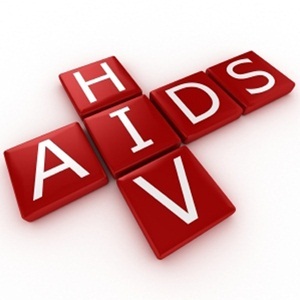EVERYTHING YOU NEED TO KNOW ABOUT HIV AWARENESS
Every year on 1st December , WORLD AIDS DAY is celebrated from 1988, all over the world the day is celebrated to raise the public awareness about AIDS. The day is celebrated by the government organizations, NGOs, civil society and other health officials by organizing the speeches, seminars, forums discussion related to the AIDS. World AIDS DAY celebration has become the most recognized health day’s celebrations internationally.
SYMBOL
The Red Ribbon is the symbol which represents as an awareness ribbon for the solidarity of people living with HIV/AIDS. It also acts as a tribute to the people who lost their lives fighting this disease.
THEME
The theme chosen for this year was “Know Your Status”. This year WHO and communication for World Aids Day 2018 will aim to achieve the following objectives
1. Urge people to know their HIV infection status through testing, and to access HIV prevention, treatment and care services.
2. Urge policy makers to promote a “health for all” agenda for HIV and related health services.
STATISTICS
• Over 150,000 people are living with HIV in Pakistan and the number is increasing by an estimated 20,000people every year.
• Only 25,220 patients are registered with National AIDS control programme that is providing antiretroviral therapy (ART) to 15,390 patients.
• 58% of the total patients registered with it while the remaining are on pre ART.
• As estimated 40% of Pakistan’s prison population uses drugs and have high prevalence of HIV.
• 25 new HIV cases are detected due to lack of awareness.
• 33 centers are working across the country to curb the spread and impact of HIV/AIDS.
• Almost 1.2 million people aged between 15-19 years old are alive with HIV.
EXPLORING AIDS/HIV
HIV (Human Immunodeficiency virus) is a virus that infects human and can lead to an advanced disease state called AIDS(Acquired Immunodeficiency syndrome), which takes from 2-15 years to develop depending on the individual. There is confusion in everybody’s mind that what’s the difference between HIV and AIDS. When people say someone has HIV, it means that the person is infected with the HIV virus. Infection doesn’t mean there is a disease. Infection simply means that the organism is lodged inside the body. AIDS is the final stage of HIV infection, it’s when the HIV virus has started to win over your immune system and you can no longer fight against infections effectively and efficiently. However, with the advancement of medical science, with proper medication and treatment, a person suffering from HIV infection can be prevented from progressing to AIDS.
TYPES
There are two types of the HIV virus
• HIV 1
• HIV 2
TRANSMISSION
HIV is transmitted through body fluids e.g semen, blood and breast milk via activities like
• Sexual intercourse
• Needle injection
• Breast feeding
SIGNS AND SYMPTOMS
Individuals may have no symptoms or influenza like illness including fever, headache, rash or sore throat during the first few weeks of getting infection, as the infection progressively weakens the immune system the symptoms and signs are
• Swollen lymph nodes
• Weight loss
• Fever
• Diarrhea
• Cough
Without treatment many other complications may develop such as
• Tuberculosis
• Cryptococcal meningitis
• Sever bacterial infections
• Cancer
DIAGNOSIS
Doctors recommend testing through blood or saliva test to check the presence of HIV virus. People who are HIV positive need to have additional blood tests.
RISK FACTORS
• Having unprotected sex
• Having another sexually transmitted infection
• Sharing contaminated needles
• Receiving unsafe injections
TREATMENT
Right now there is no cure for HIV/AIDS. New medicines can help people live long and healthy lives. Scientists are also researching vaccines that one day might help to prevent the infection.
PREVENTION
• Male and female condom use
• Testing and counseling for HIV
• Elimination of mother to child transmission of HIV
• Don’t share needles or syringes
According to WHO, they are expanding access to treatment and their targets is 2020 which aim to bring the world on track to end the AIDS epidemic by 2030.
The government is now providing high impact prevention services along with free diagnostic and curative services to the affected populations and people living with the virus. May be one day, with time and research, a cure for HIV infection will be found and AIDS will no longer exist. Until then it’s really important to know the facts and avoid putting yourself at risk.
.








